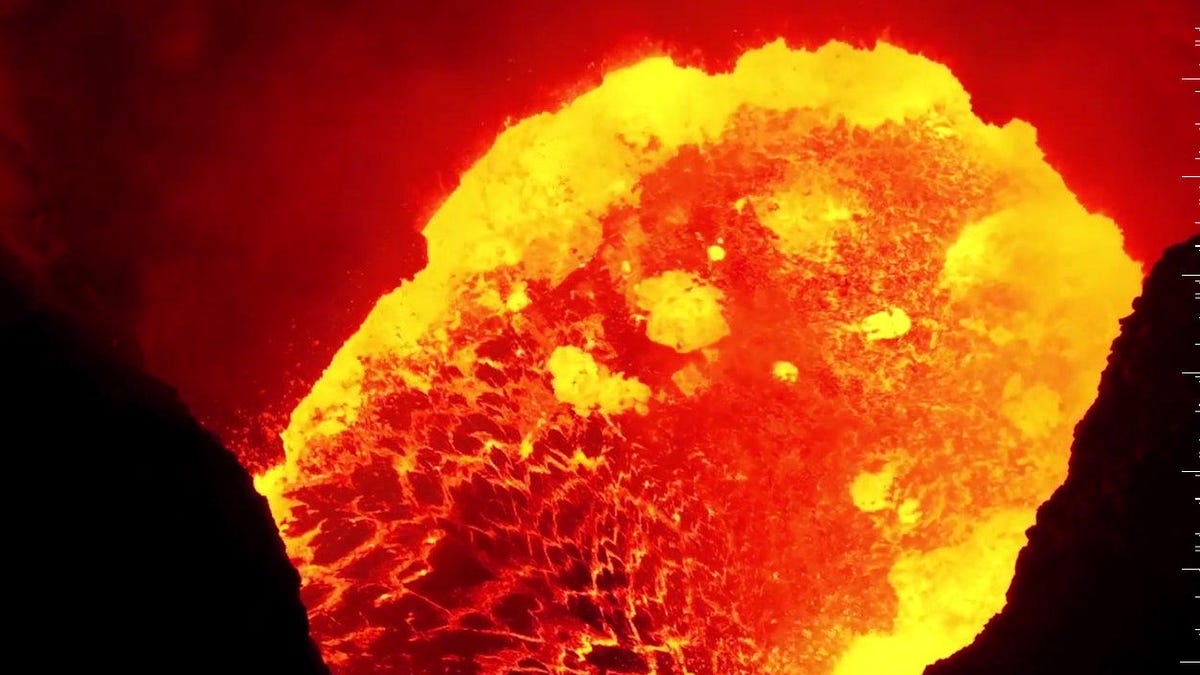Before the dinosaurs, a million-year-long volcanic eruption destroyed the ozone layer
They called it the "great dying" and it almost obliterated life on Earth 250 million years ago, by wiping out the ozone layer.

It's known as the "Great Dying," an extinction event even more powerful than the one that killed the dinosaurs 65 million years ago.
It's called the Permian-Triassic extinction event, and it took place 250 million years ago, before dinosaurs ruled the Earth.
Scientists previously believed the Permian-Triassic extinction event happened because of a volcanic eruption. And not just any volcanic eruption... the volcanic eruption. Called the "Siberian Flood Basalts," this million-year-long volcanic eruption potentially caused the extinction of up to 96 percent of marine life, along with 70 percent of terrestrial vertebrate species.
Now scientists think the eruption depleted the ozone layer.
"The scale of this extinction was so incredible that scientists have often wondered what made the Siberian Flood Basalts so much more deadly than other similar eruptions," said Michael Broadley, a researcher and lead author of a research paper published Monday that suggests the link.
"We concluded that the large reservoir of halogens that was stored in the Siberian lithosphere was sent into the earth's atmosphere during the volcanic explosion, effectively destroying the ozone layer at the time and contributing to the mass extinction."
Essentially the volcanic eruption sent chlorine, bromine and iodine into the atmosphere, and it did a number on the ozone layer over a period of 1 million years. It would take land-dwelling life 10 million years to recover.
Taking It to Extremes: Mix insane situations -- erupting volcanoes, nuclear meltdowns, 30-foot waves -- with everyday tech. Here's what happens.
Fight the Power: Take a look at who's transforming the way we think about energy.

